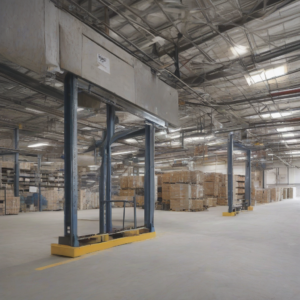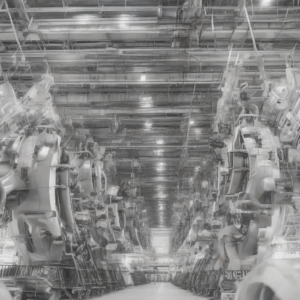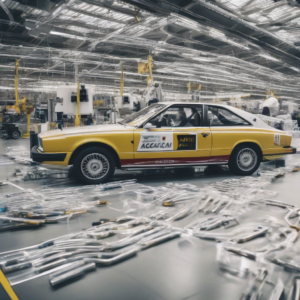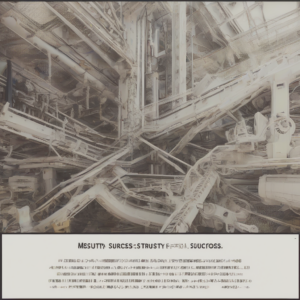The Industrial Packing Table: A Comprehensive Guide to Selection, Use, and Maintenance
Industrial packing tables are essential pieces of equipment in a wide variety of manufacturing and warehousing environments. Their robust construction and versatile design make them suitable for a multitude of tasks, ranging from simple assembly and inspection to complex packaging and labeling operations. Understanding the nuances of these tables is crucial for optimizing efficiency, ensuring worker safety, and maximizing return on investment.
Types of Industrial Packing Tables
The market offers a diverse range of industrial packing tables, each tailored to specific needs and applications. The key distinctions lie in their construction materials, size, features, and overall functionality. Here are some of the most common types:
- Steel Packing Tables: These are the most prevalent type, renowned for their exceptional durability and load-bearing capacity. They are typically constructed from heavy-gauge steel, often powder-coated for corrosion resistance and aesthetic appeal. Steel packing tables are ideal for heavy-duty applications and environments demanding robust performance.
- Stainless Steel Packing Tables: For applications involving moisture, chemicals, or strict hygiene standards, stainless steel packing tables are the preferred choice. Their corrosion-resistant properties ensure longevity and maintain cleanliness, making them suitable for food processing, pharmaceutical, and healthcare industries.
- Aluminum Packing Tables: Lighter than their steel counterparts, aluminum packing tables offer a good balance between strength and weight. They are often preferred in applications where portability and ease of movement are paramount. Their resistance to corrosion also makes them suitable for various environments.
- Workbenches with Packing Table Features: Many workbenches are designed with integrated features that enhance their functionality as packing tables. These may include built-in drawers, shelves, or specialized compartments for storing packing materials.
- Adjustable Height Packing Tables: Ergonomics are paramount in modern workplaces. Adjustable height packing tables allow workers to customize the table’s height to suit their individual needs, reducing strain and improving comfort during prolonged use.
- Mobile Packing Tables: Equipped with casters, mobile packing tables offer unparalleled flexibility and convenience. They can easily be moved around the workspace as needed, optimizing workflow and minimizing wasted movement.
Factors to Consider When Selecting an Industrial Packing Table
Choosing the right industrial packing table involves careful consideration of several key factors to ensure optimal performance and long-term value. These include:
- Load Capacity: This refers to the maximum weight the table can safely support. It’s crucial to select a table with a load capacity that exceeds the anticipated weight of the materials and equipment being used.
- Table Size and Dimensions: The size of the table should be appropriate for the workspace and the volume of materials being handled. Consider both the table’s footprint and its height to ensure comfortable and efficient operation.
- Material and Construction: The choice of material depends on the specific application and environmental conditions. Steel offers robustness, stainless steel provides hygiene and corrosion resistance, and aluminum prioritizes lightness.
- Features and Accessories: Consider the availability of features such as drawers, shelves, built-in scales, or specialized attachments that can enhance functionality and efficiency.
- Ergonomics: Prioritize tables that promote ergonomic posture and reduce strain on the worker. Features like adjustable height and comfortable work surfaces are crucial for worker well-being.
- Mobility: If mobility is essential, consider a table with casters, ensuring they are of high quality and suitable for the floor type.
- Budget: While it’s important to choose a high-quality table, balancing cost and functionality is also critical. Consider the long-term value and return on investment when selecting a table.
Safe and Efficient Use of Industrial Packing Tables
Proper use of industrial packing tables is paramount for safety and productivity. Here are some key guidelines:
- Never exceed the table’s load capacity: Overloading the table can lead to structural damage or accidents.
- Maintain a safe working posture: Avoid overreaching or twisting your body. Use appropriate lifting techniques to prevent injuries.
- Keep the workspace organized: A cluttered workspace can increase the risk of accidents. Organize tools and materials efficiently.
- Use appropriate safety equipment: Wear gloves, safety glasses, or other protective gear as needed.
- Regularly inspect the table: Check for any signs of damage or wear and tear. Report any issues immediately.
- Properly maintain the table: Clean and maintain the table according to the manufacturer’s instructions.
Maintenance and Care of Industrial Packing Tables
Regular maintenance is crucial for prolonging the lifespan and ensuring the continued performance of an industrial packing table. The specific maintenance requirements vary depending on the table’s material and usage environment. However, some general guidelines include:
- Regular Cleaning: Regularly clean the table’s surface to remove dirt, debris, and spills. Use appropriate cleaning solutions based on the table’s material. Avoid abrasive cleaners that can damage the surface.
- Inspection for Damage: Periodically inspect the table for signs of wear and tear, such as scratches, dents, or loose bolts. Address any damage promptly to prevent further deterioration.
- Lubrication of Moving Parts: If the table has any moving parts, such as casters or adjustable height mechanisms, lubricate them regularly to ensure smooth operation and prevent premature wear.
- Tightening of Fasteners: Periodically check and tighten all bolts, screws, and other fasteners to maintain the table’s structural integrity.
- Proper Storage: If the table is not in use, store it in a clean, dry environment to prevent corrosion and damage.
- Following Manufacturer’s Recommendations: Always consult the manufacturer’s instructions for specific maintenance recommendations and procedures.
The Benefits of Using Industrial Packing Tables
Investing in a high-quality industrial packing table offers a multitude of benefits, including:
- Improved Efficiency: A well-designed packing table optimizes workflow and minimizes wasted movement, leading to increased productivity.
- Enhanced Ergonomics: Properly designed tables promote good posture and reduce strain on workers, improving comfort and reducing the risk of injury.
- Increased Safety: A stable and well-maintained packing table provides a safe working environment, reducing the risk of accidents and injuries.
- Improved Product Quality: A dedicated packing area helps maintain order and efficiency, leading to improved product quality and reduced damage during packaging.
- Cost Savings: While the initial investment may seem significant, a durable and well-maintained packing table can save money in the long run by reducing worker injuries, improving efficiency, and extending the lifespan of the equipment.
- Better Organization: Packing tables create a dedicated and organized workspace, reducing clutter and improving overall efficiency.
Conclusion (Omitted as per instructions)




